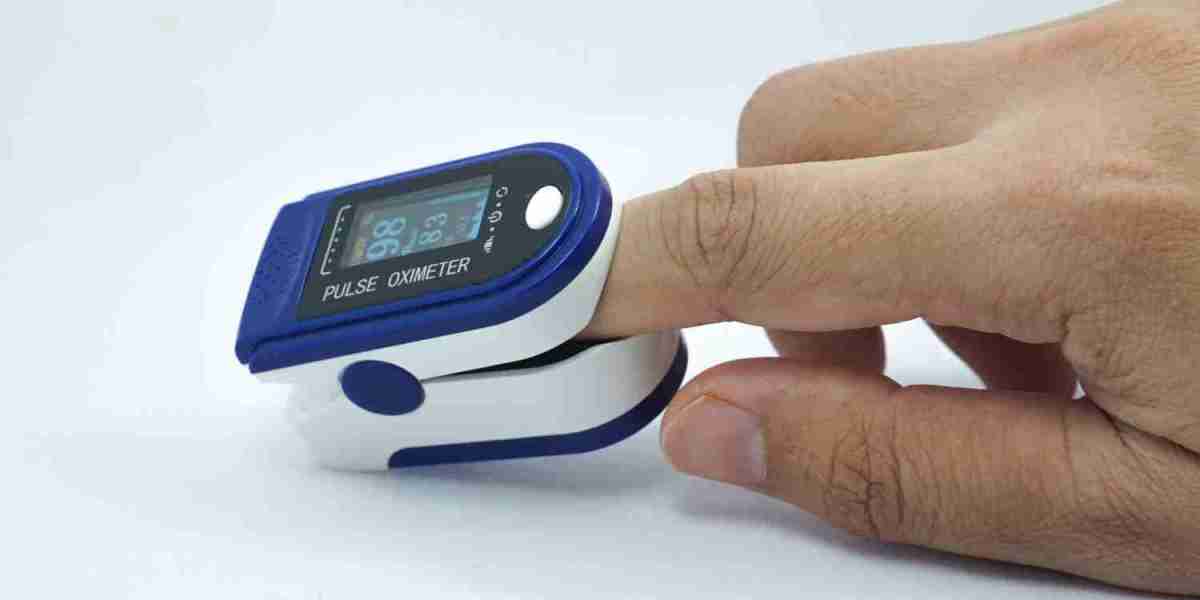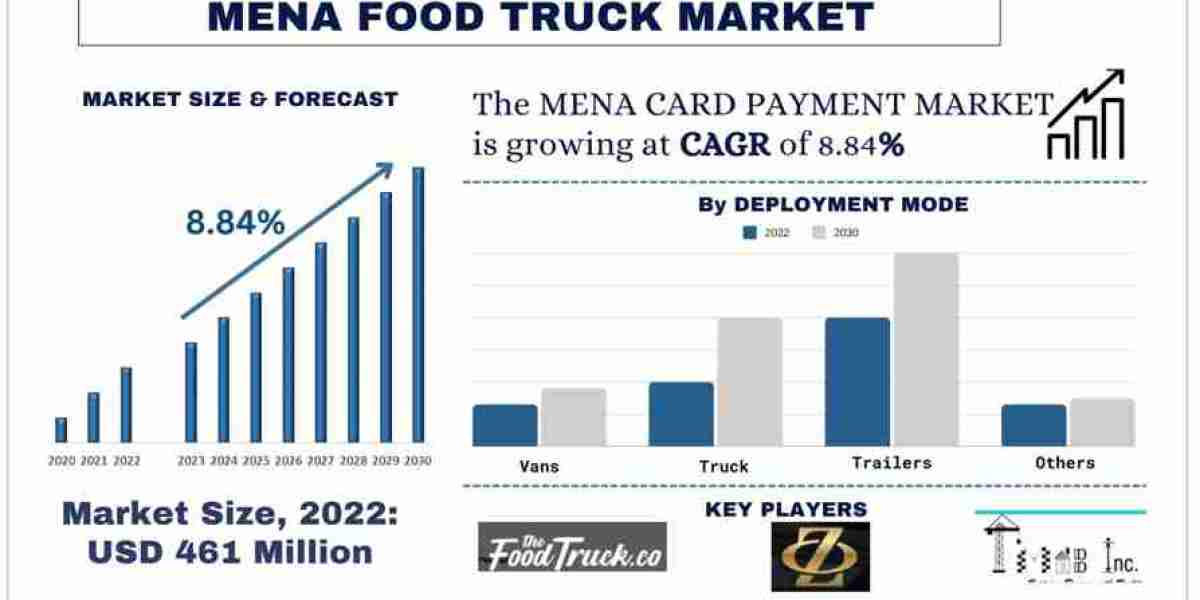The global pulse oximeter market has experienced steady growth over the past decade, and this trend is expected to accelerate in the coming years. Pulse oximeters, which measure oxygen saturation levels and pulse rate non-invasively, have become essential tools in clinical settings, home healthcare, and even in fitness and wellness sectors. As the demand for real-time health monitoring grows, driven by demographic shifts, technological advancements, and post-pandemic health awareness, the future of the pulse oximeter market appears promising. Here are some of the key trends expected to shape this evolving market.
1. Growing Demand for Home Monitoring Devices
One of the most significant trends influencing the pulse oximeter market is the increasing preference for home-based healthcare. The COVID-19 pandemic played a major role in making consumers more aware of oxygen monitoring, leading to a surge in demand for personal-use pulse oximeters. Even as the pandemic recedes, the habit of self-monitoring health parameters persists. Patients with chronic respiratory diseases, such as COPD and asthma, as well as those recovering from surgeries, now prefer at-home monitoring devices for convenience and safety.
The aging population further reinforces this trend. As more elderly individuals opt to age in place, remote patient monitoring (RPM) technologies, including pulse oximeters, become critical tools for caregivers and healthcare providers.
2. Integration with Wearable Technology
The convergence of medical devices with wearable technology is transforming the healthcare landscape. Smartwatches and fitness bands are increasingly being equipped with pulse oximetry features, allowing users to continuously track their oxygen saturation alongside other vital parameters like heart rate and sleep quality. Companies like Apple, Fitbit, and Garmin have already incorporated SpO2 monitoring into their wearables, making it a standard feature in premium models.
This trend is not only driving market expansion but also pushing pulse oximeter manufacturers to innovate and integrate with broader health ecosystems. Future devices are expected to offer greater accuracy, continuous monitoring capabilities, and enhanced data analytics, opening new possibilities for preventive care and personalized health insights.
3. Technological Advancements and AI Integration
Innovations in sensor technology, miniaturization, and artificial intelligence are leading to the development of more accurate and reliable pulse oximeters. New-generation devices are capable of compensating for motion artifacts, poor perfusion, and varying skin tones—historical challenges in pulse oximetry accuracy.
Artificial intelligence (AI) and machine learning (ML) are also enhancing the utility of pulse oximeters by enabling predictive analytics. For example, AI-powered platforms can analyze SpO2 trends to alert users or healthcare providers about potential respiratory distress before symptoms become severe. This integration supports the growing focus on preventive healthcare and proactive intervention.
4. Expanding Applications Beyond Hospitals
While traditionally used in hospitals and clinical settings, pulse oximeters are now finding applications in a wide range of environments, including emergency medical services, sports and high-altitude training, aviation, and even in occupational health.
Athletes and individuals participating in endurance sports are using pulse oximeters to monitor their oxygen levels and optimize performance. Similarly, pilots and mountaineers benefit from real-time SpO2 monitoring in high-altitude conditions where oxygen levels are reduced. These niche applications are creating additional avenues for market growth and diversification.
5. Regulatory Developments and Standards
As pulse oximeters become more ubiquitous, regulatory bodies are emphasizing accuracy and reliability. The U.S. Food and Drug Administration (FDA), for example, has increased scrutiny on over-the-counter (OTC) devices and called for improved performance standards, especially in diverse populations.
Manufacturers are investing in clinical studies to meet regulatory expectations and gain trust in the medical community. Future regulatory developments are expected to create a more transparent and standardized market, benefitting both consumers and industry stakeholders.
6. Emerging Markets and Global Expansion
Emerging economies in Asia, Latin America, and Africa represent untapped opportunities for pulse oximeter manufacturers. Rising healthcare expenditure, increasing prevalence of respiratory and cardiovascular diseases, and improving healthcare infrastructure are key drivers in these regions.
Governments and non-governmental organizations are also promoting affordable diagnostic tools as part of broader public health initiatives. Low-cost pulse oximeters that meet international quality standards are in high demand, especially in rural and underserved areas.
Conclusion
The pulse oximeter market is poised for robust growth, fueled by consumer awareness, technological innovation, and expanding use cases. As healthcare systems worldwide shift towards preventive and remote care, pulse oximeters are evolving from simple monitoring devices into vital components of integrated health solutions. Companies that prioritize innovation, regulatory compliance, and user experience are likely to thrive in this dynamic and competitive market.



